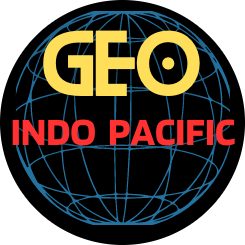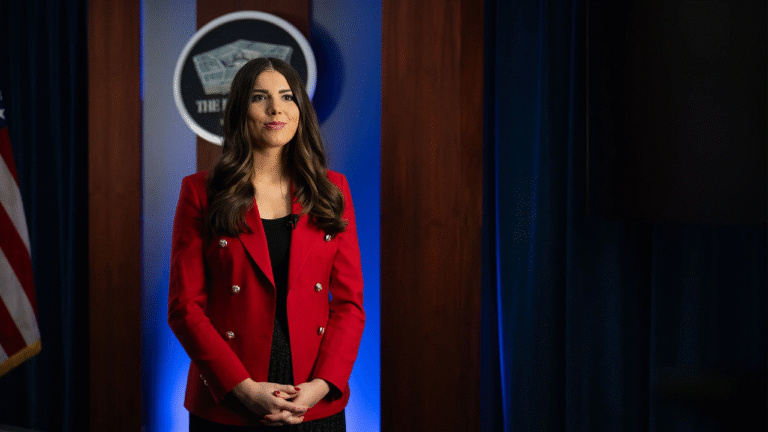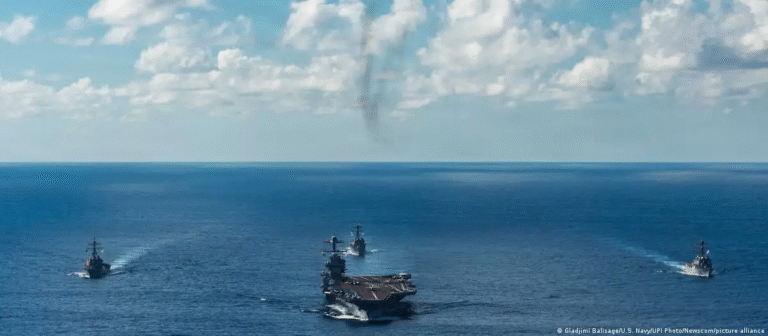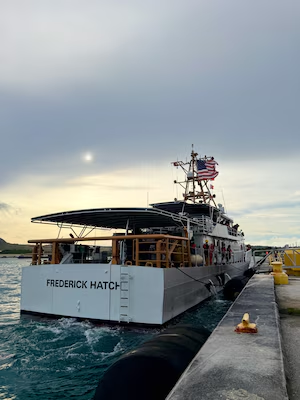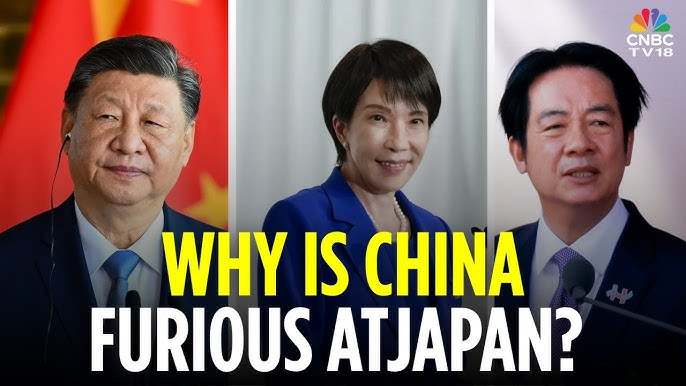
Tokyo and Beijing are embroiled in a deepening row over Taiwan after Japan’s prime minister, Sanae Takaichi, suggested that her country could potentially become militarily involved in the event of an attempted Chinese invasion of the self-governing island.
Why has Taiwan become a flashpoint between the north-east Asian neighbours and major trading partners, and is there a risk that the war of words could escalate?
What is the row about?
The quarrel kicked off after Japan’s prime minister, Sanae Takaichi, suggested in her first parliamentary address since taking office in October that Japan could become militarily involved in a conflict between China and Taiwan.
Japan’s postwar constitution forbids it from using force as a means of settling international disputes but a 2015 law – passed when Takaichi’s mentor, Shinzo Abe, was prime minister – permits it to exercise collective self-defence in certain situations, even if it is not directly under attack.
China’s ruling Communist party claims Taiwan is a province and has vowed to annex it – by military force if it can’t convince or coerce Taiwan to accept what it calls “reunification”. But Taiwan is overwhelmingly opposed, and a Chinese invasion attempt could spiral into a regional or global conflict.
“The so-called Taiwan contingency has become so serious that we have to anticipate a worst-case scenario,” Takaichi said.
She said an attack on Taiwan by China could trigger the deployment of her country’s self-defence forces if the conflict posed an existential threat to Japan, which has territory as close as 110km from Taiwan’s main island.
Beijing has reacted with fury, casting her words as a “military threat” against China.
Why is Sanae Takaichi taking this stance?
Takaichi, who became prime minister last month, hails from the right of the ruling Liberal Democratic party (LDP) and shares hawkish views on China once espoused by Shinzo Abe.
During her short time in office, Takaichi has prioritised boosting Japan’s defences to counter an increasingly assertive China, with a focus on Japan’s outlying islands in the East China Sea, where the Senkaku Islands are located.
In her speech she also vowed to boost defence spending – a policy pushed by Donald Trump, who wants the US’s north-east Asian allies to spend more on their own security – to 2% of GDP by the end of March 2026, two years earlier than planned.
How has China responded?
China’s response began with a now deleted post on X by the Chinese consul general in Osaka, Xue Jian, threatening to “cut a dirty neck without a moment of hesitation”, in what some have interpreted as a threat to Takaichi.
Lin Jian, a Chinese foreign ministry spokesperson, defended Xue’s post and urged Japan to “stop sending any wrong signals to Taiwan independence separatist forces”.
The countries have since summoned each other’s ambassadors, and Beijing has issued formal warnings to travellers and students about visiting Japan. It claimed, without evidence, that public security had deteriorated in Japan, with Chinese nationals targeted by unspecified “criminal acts”.
Chinese state media has devoted front-page news and extensive editorial coverage to the spat, calling Takaichi’s remarks “dangerously provocative”.
China’s military warned Japan would “suffer a crushing defeat if it dared to militarily intervene” in a cross-Strait conflict, and on Sunday sent a coast guard ship through the Senkaku Islands, which are administered by Japan but also claimed by China as the Diaoyu Islands. It also flew military drones past Yonaguni, the westernmost island in the Japanese archipelago.
On Monday China’s embassy in Japan posted on its social media a reminder that it had not renounced using force to take Taiwan, and warned that any intervention by Japan would be seen as an act of aggression to which China would “resolutely counterattack”.
What is the history of China and Japan over Taiwan?
Taiwan was under Japanese colonial rule for about 50 years until Tokyo was forced to renounce control to what was then the Republic of China (ROC) after it surrendered in the second world war. At the time, the ruling ROC government was engaged in civil war with Communist forces. The ROC was defeated on the mainland, and retreated to Taiwan as the ROC (Taiwan), while the Communists established the People’s Republic of China (PRC) on the mainland.
Today, the PRC’s ruling Communist party claims Taiwan is a province, despite never having governed it.
Should the PRC try to annex Taiwan, and the US comes to Taiwan’s defence, the resulting conflict would probably draw in regional neighbours like Japan, which hosts a huge US military presence. Japan also doesn’t want to see an unfriendly neighbour gain control of part of the so-called First Island Chain, which sits between China and the Pacific Ocean.
Is there a risk that tensions will escalate?
Yes. While a military confrontation is highly unlikely, analysts have long warned that increased activity in disputed areas like the Senkakus and Taiwan’s air defence identification zone (Adiz) raises the risk of accidents that could spiral into hostilities.
In the immediate term, the row is more likely to have an impact on bilateral economic and people-to-people ties between the key trading partners. Beijing’s warnings for travellers and students to avoid Japan sent shares in Japanese retail and tourism plummeting on Monday’s open.
As of May 2024 there were more than 120,000 Chinese students in Japan, and more than 6.7 million Chinese tourists visited the country in the first eight months of this year. Takahide Kiuchi, executive economist at the Nomura Research Institute, estimated that mainland China’s latest travel alert could cause economic damage of ¥2.2tr ($14bn) to Japan.
Takaichi has not backed down, but Japanese media reported on Monday that a high-level envoy was en route to Beijing in an attempt to calm the situation.
